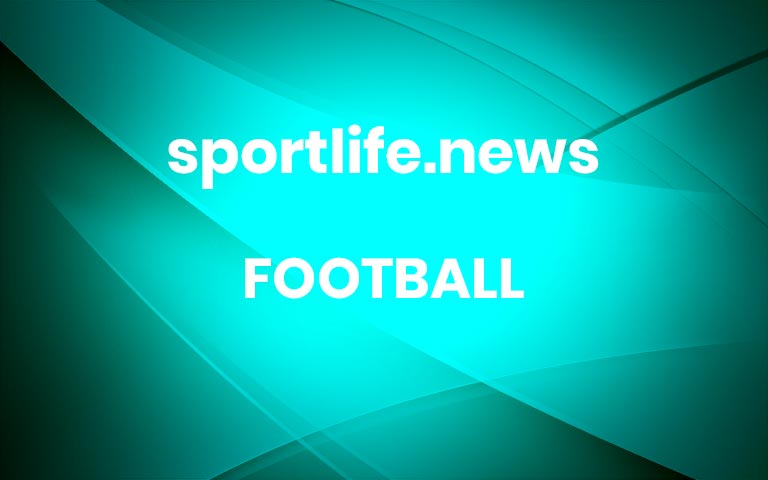Adoree' Jackson Hopes to Spark Giants' Secondary and Tailgate
Adoree’ Jackson, the headliner of the team’s off-season free agency signees, makes a habit of studying the experts around him. That includes his grillmaster father, Chris.EAST RUTHERFORD, N.J. — Of all the Giants’ signings from their $200 million free agency splurge, perhaps none is as important as Adoree’ Jackson, whom the team expects to improve a secondary long yearning for a credible No. 2 cornerback. Deployed opposite the Pro Bowler James Bradberry, Jackson, who signed a three-year deal with $24.5 million guaranteed, should enable the Giants to play more man-to-man coverage, which they were reluctant to do last season.Jackson upgrades the defense but also the players’ postgame dining scene. Since his days playing Pop Warner, his father, Chris, has hauled a grill to Adoree’s games, feeding family, friends and teammates barbecue seasoned with homemade rubs and sauces. In his son’s first four seasons as a pro, Chris would drive four hours to Nashville from their home in Belleville, Ill., outside St. Louis, to cook before Adoree’s games with the Tennessee Titans.Sometime before the 2021 season begins, Jackson intends to procure a charcoal grill, so his father can continue the tradition 1,000 miles east.“You can’t skip one year,” Jackson said. “We’ve got to keep it going.”After Tuesday’s practice, Jackson discussed his transition to the Giants, his interest in the film and television industries, and his second-best sport.This interview has been lightly edited and condensed for clarity.How much do you study other cornerbacks to see what you can adopt from them?On our iPads, you can request different corners, and I’ve been doing that for a while. The ones I like are Pacman Jones, Asante Samuel — guys similar to my stature. [Jackson is 5-foot-11.] You get to see how that works for him or why that works for him. My rookie year, a guy on my team, Wesley Woodyard, said I should reach out to Champ Bailey and gave me his number. I reached out to him, and boom, he responded. It’s cool to have the older guys see you and want to help because not everybody gives back. Each one, teach one. That idea of giving back seems pretty important to you.It is. The biggest thing I really want to do back home is like a STEM program. I want to do something similar to that. Growing up in a rural area, you’re not really thinking about doing that. Nobody else is doing it, so why would I even think about it? Not everybody’s an athlete, not everybody’s good at this, not everybody’s good at that. But if you have science, technology, engineering and math — it’s all cool — you can find something you like and excel at it. I’d like to have a center that everybody can enjoy and be accessible for kids.You’ve also interned at Warner Bros. What did you learn from your experience there?I worked for Jay Levine [an executive vice president], just picking his brain about the production side. I was just trying to figure out, like, if I wanted to do something in media or TV, how I could go about it, so I just sat there and picked their brains. What got you into this? How did you start? Why did you start this? It’s just getting your foot in the door. If you have small talk, then that small talk can turn into big talk and now you’re meeting different people that you never thought you would possibly be able to meet.Do you have any projects in the works?You’ve seen the movie “Boyz n the Hood”? It’s like Ricky had a son. It’s basically like a spinoff, in a sense, something like that. I don’t want to go too much in detail, but it’s a spinoff of the movie — whatever Ricky’s dream was and passing it down. It’s just living out his dream.How did you handle being released by Tennessee?I got drafted there. I don’t want to say I wasn’t hurt or I wasn’t sad, but it wasn’t emotional. I don’t know what I felt, but it wasn’t like one of those down emotions. But you know, one door closes, another door opens. I understood that I couldn’t hang my head or pout. I knew another chapter was going to happen for me.And it did. Was it enticing to play again with Logan Ryan and across the field from James Bradberry?Definitely, man. The first time I saw James play was my rookie season, when Carolina came down and practiced, and he was just crazy out there. Now, to be able to play with him — why not try to learn everything I can from him? We’re always competing. If he forces a fumble, then I’ve got to force two. If he’s making plays, then, all right, I’ve got to make some, too.As a former long jumper at Southern California who also competed in the 2016 Olympic trials, did you pay attention to the event in Tokyo?I didn’t see the long jump, but I actually looked up the results and was like, ‘Damn, I could do that at one point in time.’ It’s like when I watch basketball, which I used to play a lot. It’s like, ‘Oh, I would have done this, I would have done that.’ But I’m not even out there anymore.Your personal best was a little bit less than 26 feet. That would have put you 10th in Tokyo.That’s crazy. I didn’t even look at it like that. But like, there’s a lot of wear and tear. Not only do you go one day and jump, you come back another day. When I went to the finals at trials — I’m not going to lie, it was cool, but I had nothing left. I couldn’t pop another big jump the next day because I was all out of gas. My legs didn’t have the muscle memory to keep doing it. But it was fun. More



